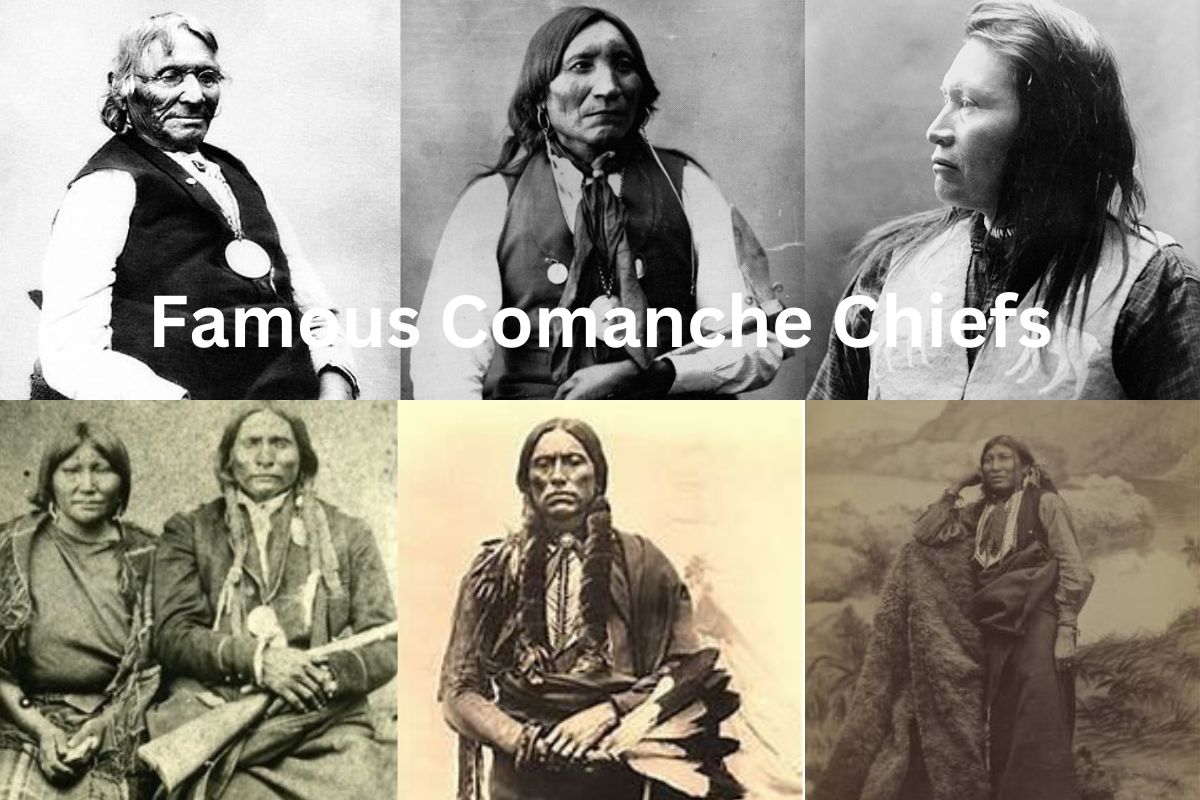The Comanches were a Native American tribe who lived in North America’s Great Plains region, which included sections of modern-day Texas, Oklahoma, New Mexico, Kansas, Colorado, and Wyoming.
The Comanches were a formidable Plains tribe famed for their superb riding, hunting abilities, and warrior culture.
During their history, the Comanche people were led by a number of chiefs who played significant roles in developing the tribe’s culture and interactions with other groups.
Among these leaders were numerous well-known Comanche chiefs who are still recognized for their courage, leadership, and diplomatic abilities.
These chiefs played significant roles in the tribe’s history and dealings with the United States government and include:
- Quanah Parker
- Ten Bears
- Horseback
- Peta Nocona
- Big Bow
These and other Comanche chiefs left a lasting effect on Comanche culture and history, and their legacies are being studied and revered today.
Famous Comanche Chiefs
1. Quanah Parker
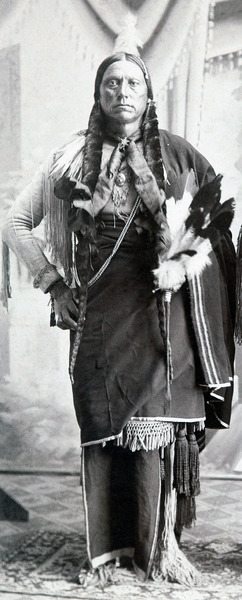
Quanah Parker was a Comanche chief who lived in the late 1800s and early 1900s. He was born in what is now Texas and climbed through the ranks of the Comanche. Quanah Parker is well known for his efforts to negotiate a peace deal with the US government, as well as his efforts to improve his people’s life.
In the 1860s and 1870s, Quanah Parker led Comanche assaults against American communities and troops, opposing American expansion into Comanche territory. However, he saw that further conflict was futile and began negotiations with the US government.
Quanah Parker played an important role in the negotiations that resulted to the Treaty of Medicine Lodge Creek in 1867, which established a Comanche reserve in Oklahoma. He also worked to improve the lives of his people by promoting education, agriculture, and other forms of economic development.
Until his death in 1911, Quanah Parker commanded the Comanche tribe. He is now regarded as a Native American resistance hero and a symbol of the ongoing fight for Native American rights and recognition. His legacy is carried forward by the Quanah Parker Society, which works to preserve Comanche history and culture.
2. Ten Bears
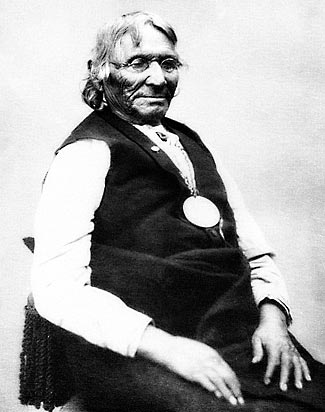
Ten Bears (about 1790s-1872) was a Comanche chief who was instrumental in the tribe’s mid-nineteenth-century discussions with the United States government.
He was a respected leader and brilliant orator who delivered a remarkable statement at the Medicine Lodge Treaty in 1867 that is still recognized for its eloquence and honesty today.
Ten Bears spoke about the Comanches’ way of existence and their wish for peace with the US government in his speech. “These areas are our home, and we cannot leave them; our dead are here; our children are here,” he said, expressing his people’s great commitment to their land and reluctance to give it up.
Ten Bears and his people were eventually driven onto reservations despite his efforts to negotiate a peaceful solution with the US government. His Medicine Lodge Treaty address, on the other hand, is remembered as a powerful expression of the Comanche people’s strong connection to their land and culture.
Ten Bears is remembered today as a pivotal character in Comanche history and a symbol of the tribe’s tenacity and perseverance in the face of adversity.
3. Horseback
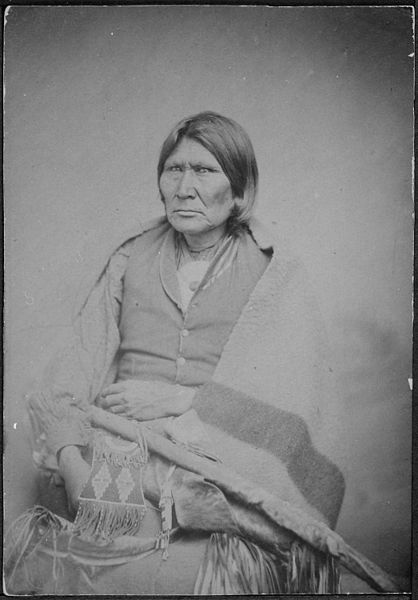
Horseback (ca. 1820s-1874) was a Comanche chief who lived during the mid-nineteenth century, when the Comanche people were frequently at odds with European settlers and the United States government. He was well-known for his ferocious fighting abilities and commitment to safeguard his people’s way of life from intrusion.
During the Battle of Adobe Walls in 1864, a troop of buffalo hunters faced up against a strong force of Comanches and other tribes on horseback. Although being outnumbered, the hunters were able to fight the Comanche attack and repel their forces. Horseback is recognized as a skillful and dedicated fighter among the Comanche chiefs who took part in the battle.
Despite his victories in war, Horseback eventually surrendered to the US Army and was condemned to live on an Oklahoma reservation. He continued to battle for his people’s rights and campaign for their interests, even traveling to Washington, D.C. to negotiate on their behalf.
Horseback is remembered today as an important character in Comanche history and a symbol of the tribe’s resistance to white intrusion and commitment to preserve their culture and way of life.
4. Peta Nocona
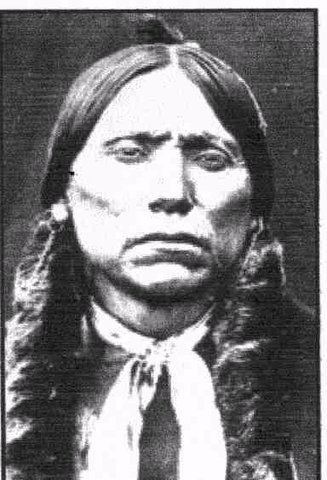
Peta Nocona (about 1820-1864) was a Comanche chief and the father of Quanah Parker, the famed leader. He was noted for his fighting bravery and dedication to defending his people’s way of life from white encroachment.
During the mid-nineteenth century, Peta Nocona was involved in multiple skirmishes with white settlers and the United States Army, notably the Battle of Plum Creek in 1840 and the Battle of Pease River in 1860. He was also married to Cynthia Ann Parker, a white captive who was captured as a child by the Comanches and raised as a member of the tribe.
Despite his victories in warfare, Peta Nocona was slain by the US Army in 1864. His death dealt a tremendous blow to the Comanche people and was regarded as a watershed moment in their fight against white expansion.
Peta Nocona is remembered today as a pivotal character in Comanche history and a symbol of the tribe’s resistance to white intrusion and commitment to preserve their culture and way of life. His son, Quanah Parker, went on to become a notable leader in his own right and was instrumental in negotiating with the United States government in the late nineteenth century.
5. Big Bow
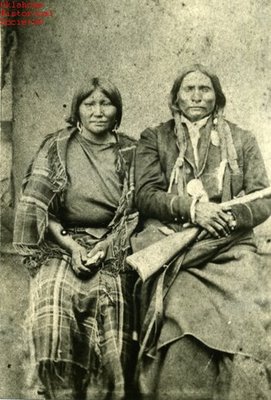
Big Bow (about 1825-1894) was a Comanche chief who lived during a period of considerable transition and strife for the Comanche people. He was well-known for his leadership abilities and efforts to negotiate with the United States administration in the best interests of his people.
Big Bow was instrumental in arranging the Little Arkansas Treaty of 1865, which brought the Comanches and the United States administration to a short truce. He also took part in the discussions that resulted in the Treaty of Medicine Lodge in 1867, which established a reserve for the Comanches and other tribes.
Despite his efforts to reach an agreement with the US government, Big Bow remained a staunch supporter of his people’s rights and way of life. He was involved in a number of clashes with white settlers and the United States Army, notably the Battle of Adobe Walls in 1874.
Big Bow is remembered today as an important character in Comanche history and a symbol of the tribe’s resistance to white intrusion and commitment to preserve their culture and way of life. His negotiation and leadership abilities were crucial in molding the tribe’s history and relations with the US government during a period of considerable upheaval and strife.
6. Lone Wolf
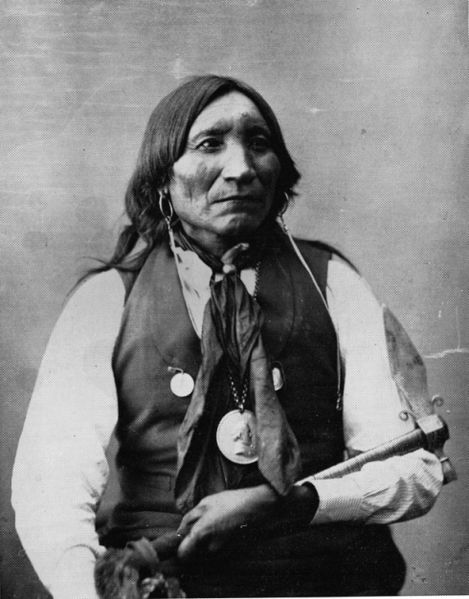
Lone Wolf (about 1840-1879) was a Comanche chief who flourished in the late nineteenth century, when the Comanche people faced serious difficulties from European immigrants and the United States government. He was well-known for his fighting abilities and efforts to preserve his people’s way of life.
Lone Wolf fought in multiple fights against white settlers and the United States Army, notably the Red River War of 1874-75. He also took part in the 1867 Medicine Lodge Treaty discussions, which established a reservation for the Comanche people.
Despite his efforts to reach an agreement with the US government, Lone Wolf remained a staunch supporter of his people’s rights and way of life. He was opposed to the reservation system and sought to prevent the government from relocating the Comanches.
Lone Wolf led a troop of warriors in an attack on a buffalo hunters’ camp in 1874, which was considered as a significant challenge to the power of the United States government. He was eventually apprehended and imprisoned, but his opposition to white invasion and dedication to preserving his people’s way of life made him a symbol of Comanche resistance.
Lone Wolf is recognized today as an important character in Comanche history, as well as a symbol of the tribe’s commitment to oppose European invasion and protect their culture and way of life.
7. White Eagle
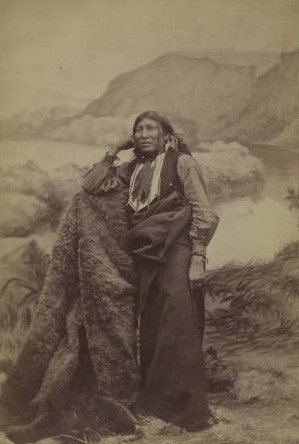
White Eagle (about 1840-1876) was a Comanche chief who flourished in the late nineteenth century, when the Comanche people faced considerable difficulties from European immigrants and the United States government. He was well-known for his leadership abilities and efforts to preserve his people’s way of life.
White Eagle was instrumental in negotiating the Medicine Lodge Treaty of 1867, which established a Comanche reservation. He was also involved in various conflicts with white settlers and the United States Army, including the 1874-75 Red River War.
Despite his efforts to reach an agreement with the US government, White Eagle remained a staunch supporter of his people’s rights and way of life. He was dedicated to maintaining Comanche culture and language, and he strove to oppose the government’s efforts to integrate the tribe into white American society.
White Eagle was murdered in a fight with a squad of Texas Rangers in 1876. His killing was a huge blow to the Comanche people and was considered as a symbol of the tribe’s ongoing conflict with the US government.
White Eagle is recognized today as a key character in Comanche history, as well as a symbol of the tribe’s resistance to white encroachment and commitment to safeguard their culture and way of life. His negotiation and leadership abilities were crucial in molding the tribe’s history and relations with the US government during a period of considerable upheaval and strife.
8. Buffalo Hump
Buffalo Hump (about 1790-1870) was a notable Comanche chief who lived during the mid-nineteenth century, when the Comanche people were frequently at odds with European settlers and the United States government. He was well-known for his fighting prowess and commitment to preserve his people’s way of life.
Buffalo Hump was involved in multiple conflicts with white settlers and the United States Army, including the Battles of Plum Creek in 1840 and Little Robe Creek in 1858. He also took part in the 1867 Medicine Lodge Treaty discussions, which established a reservation for the Comanche people.
Despite his efforts to reach an agreement with the US government, Buffalo Hump remained a staunch supporter of his people’s rights and way of life. He was dedicated to maintaining Comanche culture and language, and he strove to oppose the government’s efforts to integrate the tribe into white American society.
Buffalo Hump was a revered leader and a competent fighter, and his attempts to defend the Comanche people and their way of life earned him the title of Comanche resistance emblem. He is remembered today as a key person in Comanche history and a symbol of the tribe’s desire to defend their culture and way of life against white encroachment.
9. Iron Jacket
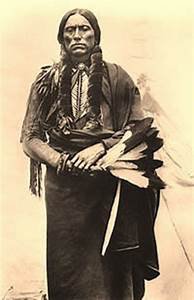
Iron Jacket (about 1815-1872) was a Comanche chief who lived during a period of considerable transition and strife for the Comanche people. He was well-known for his fighting abilities and dedication to preserving his people’s way of life.
Iron Jacket fought in multiple battles against white settlers and the United States Army, including the Battle of Plum Creek in 1840 and the Battle of Little Robe Creek in 1858. He also took part in the 1867 Medicine Lodge Treaty discussions, which established a reservation for the Comanche people.
Despite his efforts to reach an agreement with the US government, Iron Jacket remained a staunch supporter of his people’s rights and way of life. He was opposed to the reservation system and sought to prevent the government from relocating the Comanches.
Iron Jacket was a revered leader and a skilled warrior, and his attempts to defend the Comanche people and their way of life earned him the title of Comanche resistance emblem. He is remembered today as a key person in Comanche history and a symbol of the tribe’s desire to defend their culture and way of life against white encroachment.
10. Yellow Wolf
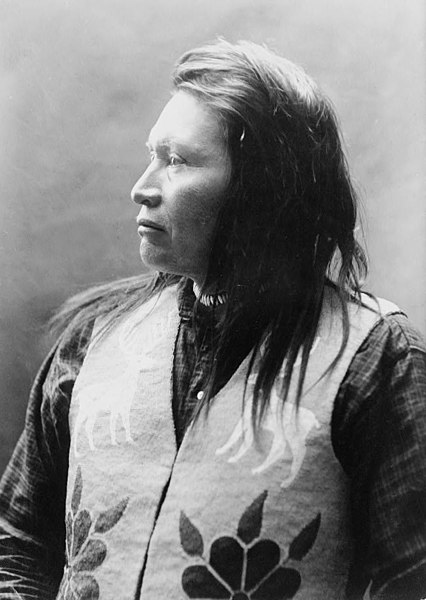
Yellow Wolf (ca. 1840-1921) was a Comanche chief who lived in the late nineteenth and early twentieth century, when the Comanche people faced substantial difficulties from European settlers and the United States government.
He was well-known for his leadership abilities and efforts to bargain with the government on behalf of his people.
Yellow Wolf was instrumental in negotiating the Jerome Accord of 1892, which established a Comanche reserve in Oklahoma. He also tried to preserve Comanche culture and language, and aided in the creation of a Comanche dictionary.
Despite his efforts to reach an agreement with the US government, Yellow Wolf remained a staunch supporter of his people’s rights and way of life. He was a passionate advocate for Comanche interests and sought to resist the government’s efforts to incorporate the tribe into white American society.
Yellow Wolf is recognized today as an important character in Comanche history, as well as a symbol of the tribe’s tenacity and determination in the face of cultural and societal changes. His negotiation and leadership abilities were crucial in molding the tribe’s history and relations with the US government during a period of considerable upheaval and strife.
